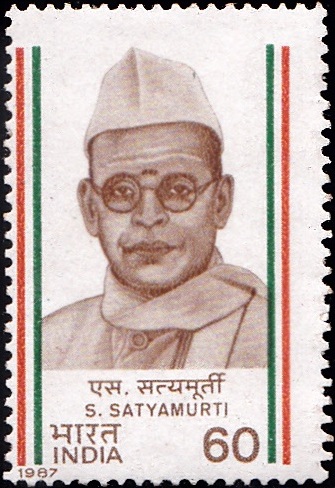
S. Satyamurti
A commemorative postage stamp on the Birth Centenary of Sundara Sastri Satyamurthi, a leading politician of Indian National Congress from Madras Presidency :
 Issued by India
Issued by India
Issued on Aug 22, 1987
Issued for : The Department of Posts is privileged to issue a commemorative stamp on Shri S. Satyamurti in the series India’s Struggle for Freedom.
Description of Designs : The 60p multicolour stamp has been designed by India Security Press, Nashik Road. The First Day Cover has been designed by Shri Sankha Samantha and cancellation by Mrs. Alka Sharma.
Type : Stamp, Mint Condition
Colour : Three–colour
Denomination : 60 Paise
Overall size : 4.06 x 2.73 cms.
Printing size : 3.71 x 2.38 cms.
Perforation : 13 x 13
Paper : Indigenous unwatermarked P.G. matt coated stamp paper
Number printed : 10,00,000
Number per issue sheet : 40
Printing Process : Photogravure
Printed at : India Security Press
Name : Sundara Sastri Sathyamurthi
Born on Aug 19, 1887 at Thirumayam, Pudukkottai state, British India [now in Tamil Nadu]
Died on Mar 28, 1943 at Madras, Madras Presidency, British India
About :
- S. Satyamurti, was born on August 19th 1887 at Thirumeyyam in the former Pudukottah State. Satyamurti after finishing Intermediate in the Pudukottah Maharaja’s College joined the Madras Christian College for his B.A. (History). After graduation, he worked as a tutor in his own college before joining the Madras Law College. On completing Law he worked initially in the Chambers of Mr. V.V. Sreenivasa Iyengar and later with Shri S. Sreenivasa Iyengar, former President of the Indian National Congress.
- Qualities of eloquence, dignity and integrity in Satyamurti came to be recognised by Lokmanya Tilak and Srinivasa Sastri. It was a fitting tribute to his talents that young Satyamurti was chosen to accompany such giants to Britain in 1919 as Secretary of the Congress delegation on the eve of the passage of the Montagu-Chelmsford Reforms by the British Parliament. In 1926 the Swaraj Party sent him to Britain to explain to the British public the Indian point of view.
- Obeying the clarion call of the Mahatma for non co-operation with the British ruler both in 1930 and 1932, Satyamurti defied prohibitory orders and, courting imprisonment, was sentenced to rigorous imprisonment.
- Right from the mid-twenties, Satyamurti had been an active and eloquent member of the Madras University Senate and Syndicate helping to usher in numerous reforms in the educational field. His service to education led him to play a major role in the creation of the Annamalai University. All along, whenever time could be spared from his political work, it was devoted to the promotion of Carnatic music and the resurgence of classical dance. He became the Vice-President of the Madras Music Vilas Sabha, a prominent amateur theatrical group.
- In 1939 he was elected Mayor of Madras and during his tenure he worked tirelessly to make Madras what he called “the city beautiful”. He initiated the Poondi Reservoir Scheme, now called the Satyamurti Sagar.
- In 1940 Satyamurti participated in the “individual satyagraha” campaign, defying a prohibitory order and making an anti-war speech. He was detained for 8 months in prison. In 1942 while returning from the Congress Working Committee meeting in Bombay, when the historic “Quit India” resolution was adopted, he was arrested before he reached Madras. Alongwith other leaders from the south, he was detained in Amraoti. Broken by the privations of jail, he died on 28th March, 1943 in the Madras General Hospital, a Martyr for freedom.


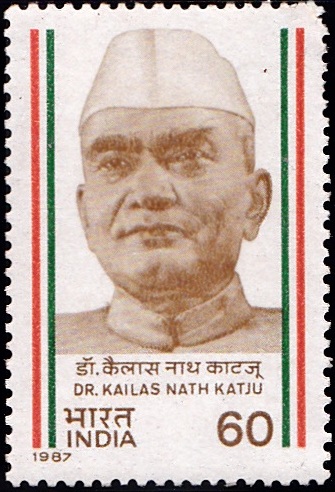
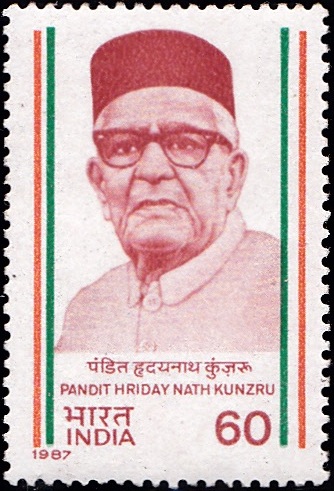
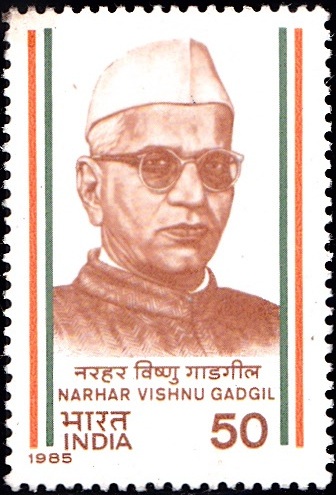
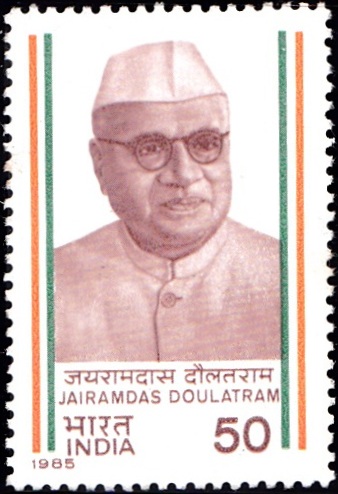
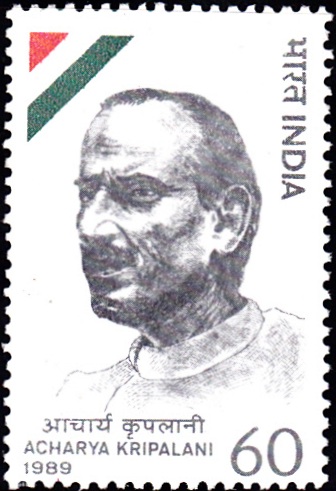
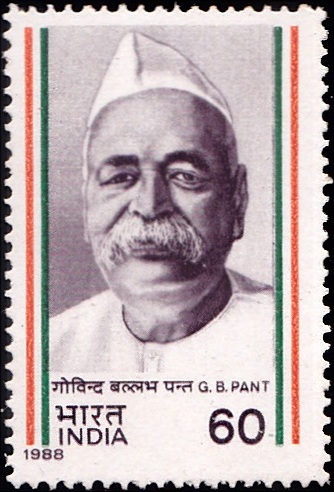
[…] Raja (1898-1957) was born at Rajapalayam in Tamil Nadu. The lives and writings of Annie Besant and Satyamurthy had great influence on his mind and character in his formative years. It was in 1919 that he met […]